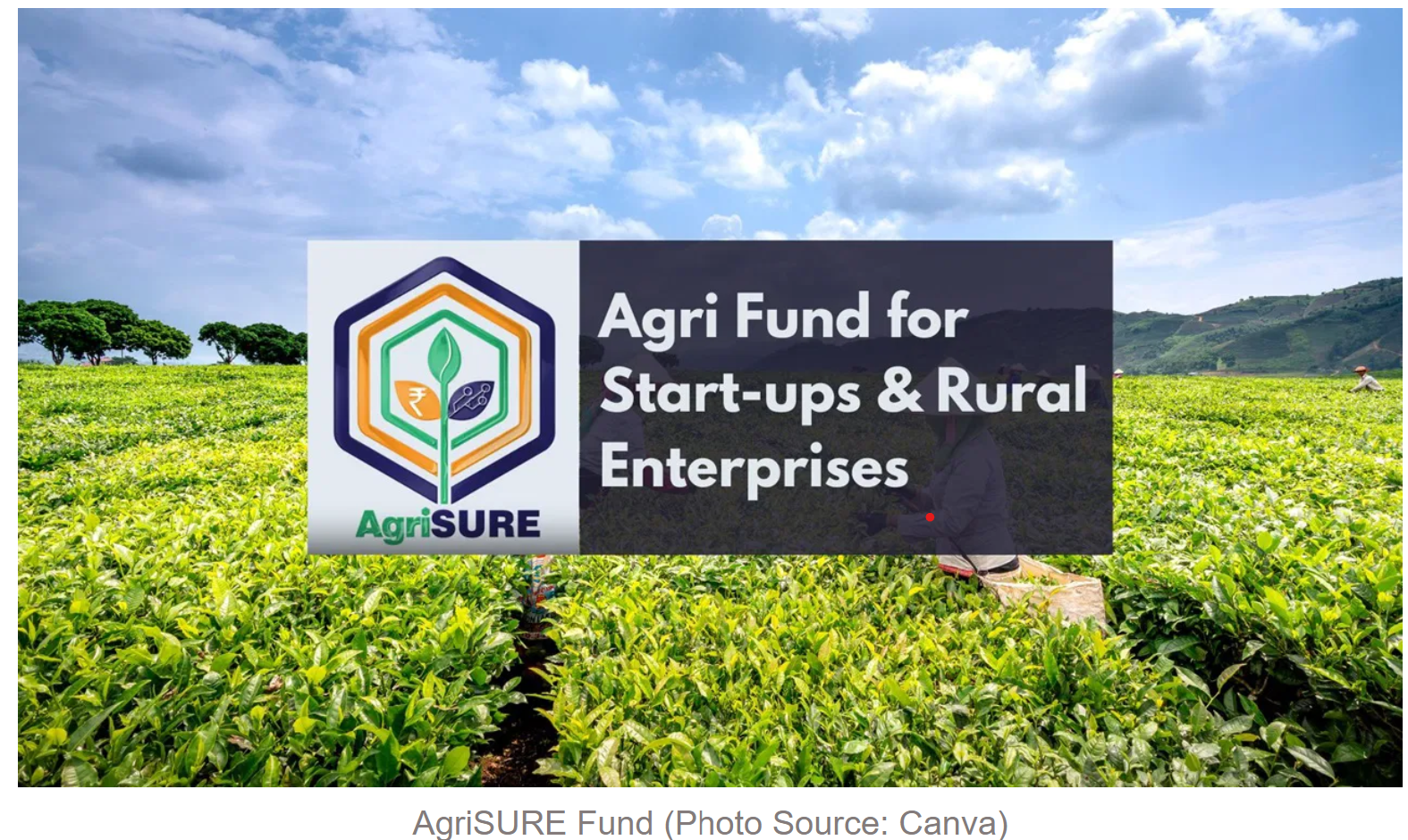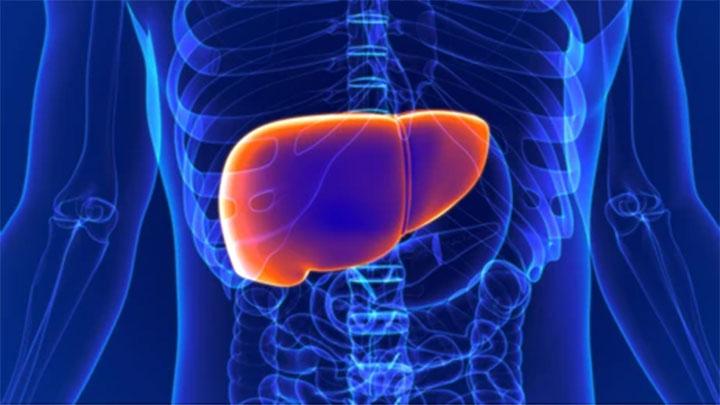UN Approves New AU Force to Combat Al-Shabaab in Somalia
- 29 Dec 2024
In News:
- On January 19, 2024, the UN Security Council approved a new African Union (AU) force in Somalia to counter the Al-Shabaab terrorist group.
- The resolution was supported by 14 of 15 members, with the US abstaining due to concerns about funding.
- The new force will replace the African Union Transition Mission in Somalia (ATMIS) after its mandate ends on December 31, 2024.
New Mission - AUSSOM:
- The new mission is named African Union Support and Stabilization Mission in Somalia (AUSSOM).
- AUSSOM will continue supporting Somali forces in stabilizing the nation and combating terrorism.
- The mission's objective is to enhance security and stability in Somalia, addressing the challenges posed by Al-Shabaab and ISIL.
Mandate and Operations:
- AUSSOM allows for the deployment of up to 12,626 personnel, including 1,040 police officers, until June 2025.
- The force will focus on counterterrorism, maintaining security, and assisting the Somali government in stabilizing the country.
Financing:
- A hybrid funding approach will be used:
- 75% of the mission’s costs will be covered by the UN, and 25% will come from African Union and partner countries.
- The US raised concerns about the UN's disproportionate funding of the mission, which led to its abstention from voting.
Contributing Countries:
- Egypt has announced its participation in the new force.
- Burundi and Ethiopia will not be contributing troops to AUSSOM.
- Ethiopia has its own ongoing disputes with Somalia, particularly regarding its maritime deal with the breakaway Somaliland region.
Background on Somalia's Challenges:
- Somalia has faced decades of civil war, an insurgency by Al-Shabaab, and recurring climate disasters.
- The country is one of the poorest in the world, and its internal conflicts are exacerbated by clannism, which has fragmented its political and social structure.
Historical Context of Peace Missions in Somalia:
- Previous UN peacekeeping missions in Somalia (1992-1995) faced significant failures, notably the Battle of Mogadishu and the failure to prevent the 1993 massacre.
- The rise of Al-Shabaab in the mid-2000s has further escalated the conflict, and the mission of AUSSOM aims to address these continuing threats.
The Role of Clannism:
- Clannism has hindered the establishment of a unified government in Somalia, with clan rivalries leading to a lack of national cohesion.
- Clannism refers to the prevalence of clan-centric politics, where allegiance to clan and sub-clan interests often takes precedence over national cohesion. In Somalia, the major clans are Darod, Hawiye, Dir, and Rahanweyn.
Importance of AUSSOM:
- AUSSOM represents a strategic shift in the international approach to stabilizing Somalia, relying more on African-led initiatives for peace and security in the region.
Global Peacekeeping Operations:
- The UN peacekeeping mission has been active globally, with over 1 million personnel deployed across 70+ operations.
- Success stories like Sierra Leone (1999-2005) and Liberia (2003-2018) demonstrate the potential impact of well-executed peace missions, but past failures like in Somalia (1992-1995) and Rwanda (1994) underline the challenges faced.
India’s Contribution:
- India has contributed significantly to UN peacekeeping missions, deploying over 253,000 personnel in 49 operations since 1948.
- India’s contributions to missions in Somalia, Rwanda, Sierra Leone, and Sudan reflect its active role in global peacekeeping efforts.
AgriSURE Fund and Krishi Nivesh Portal

- 04 Sep 2024
In News:
- Recently, the Union agriculture minister Shivraj Singh Chouhan launched two initiatives — a fund aimed at boosting farm-sector startups, and a single-window portal to process investments — as part of a slew of measures being taken by Prime Minister Narendra Modi-led government in its third term to bolster the farm economy.
Key Details:
- AgriSure is a ?750-crore fund established to support agricultural startups.
- Krishi Nivesh Nidhi is a portal designed to expedite the clearance of project proposals.
- Both initiatives aim to enhance farm incomes.
Awards for Credit Disbursal:
- Scheduled banks were recognized for their credit disbursals under the government’s agriculture infrastructure fund.
- First prize: State Bank of India (SBI).
- Second prize: HDFC Bank.
- Third prize: Canara Bank.
Significance of Agriculture Sector:
- Agriculture contributes 16% to India’s GDP.
- Farmers play a crucial role as both producers and consumers in the economy.
PM Modi’s Strategy to Double Farmers’ Incomes:
- The strategy includes:
- Increasing output.
- Reducing input costs.
- Ensuring profitable prices.
- Promoting crop diversification.
- Supporting natural farming.
- Enhancing value addition to crops.
Details of AgriSure Fund:
- Blended capital fund with a total corpus of ?750 crore:
- ?250 crore each from the Department of Agriculture and NABARD.
- ?250 crore to be raised from financial institutions.
- Managed by NabVentures, a subsidiary of NABARD.
- Provides both equity and debt support to startups and agripreneurs.
- Focuses on high-risk, high-impact activities within the agriculture value chain.
Agriculture Infrastructure Fund:
- Mobilized projects worth ?78,000 crore with ?45,000 crore in financing so far.
- Expanded areas of coverage approved by the Union Cabinet on August 28.
- Aims to create durable farm assets, such as warehouses and processing plants.
- Can be used by agricultural produce marketing committees (APMCs) for market facility improvements.
Funding and Loan Details:
- Part of the ?20-lakh crore stimulus package introduced during the Covid-19 pandemic.
- Total funding of ?1 lakh crore over four years:
- ?10,000 crore for 2020-21.
- ?30,000 crore each for the subsequent three financial years.
- Provides medium-to-long term debt financing for rural projects.
- Interest subvention of 3% per annum on loans up to ?2 crore for seven years, with the government covering part of the interest.
First Drug to Treat Common, Lethal Liver Disease Gets US Nod

- 16 Mar 2024
Why is it in the News?
Madrigal Pharmaceuticals Inc.’s drug Rezdiffra gained the first US approval to treat a potentially deadly liver disease that affects millions worldwide, succeeding in an area where some bigger rivals have failed.
What is Nonalcoholic Steatohepatitis (NASH)?
- Nonalcoholic fatty liver disease (NAFLD) is a condition in which fat builds up in the liver.
- NASH (or nonalcoholic steatohepatitis) is a type of NAFLD that can damage the liver.
- NASH occurs when the fat buildup in the liver leads to inflammation (hepatitis) and scarring.
- NASH can be life-threatening, as it can cause liver scarring (called cirrhosis) or liver cancer.
- It is estimated that 3% to 5% of the global population is affected by NASH, though the disease is considered to be underdiagnosed.
Who gets NASH?
- The condition may be hereditary.
- If a person has family members who have had NASH or NAFLD, they are at risk.
- Additionally, having certain health conditions may increase a person’s risk of developing NASH. These include:
- Being overweight or obese.
- Having high cholesterol or high triglyceride levels.
- Having type 2 diabetes, insulin resistance, or prediabetes.
What are the signs and symptoms of NASH?
- NASH is known as a “silent” disease because many people present with few or no symptoms.
- However, some people will experience tiredness, pain, and discomfort in the upper right part of the abdomen.
How is NASH diagnosed?
- Diagnosing NASH can be challenging because symptoms may not be noticeable until the disease progresses.
- Healthcare providers typically suspect NASH based on abnormal blood or liver test results or imaging showing liver fat.
- Confirmation requires a liver biopsy, an invasive procedure with risks and expenses, involving taking a small liver sample for microscopic examination.
How is NASH treated?
- To manage NASH, losing weight is often recommended as it can reduce liver fat, inflammation, and scarring.
- This involves losing around 3% to 5% of body weight by limiting fats and sugars in the diet.
- Heavy alcohol use should also be avoided to prevent further liver damage.
- If NASH progresses to cirrhosis, treatment may involve medications, medical procedures, or even a liver transplant.
- Currently, there are no approved medications specifically for treating NASH, but ongoing research aims to develop new treatments.
